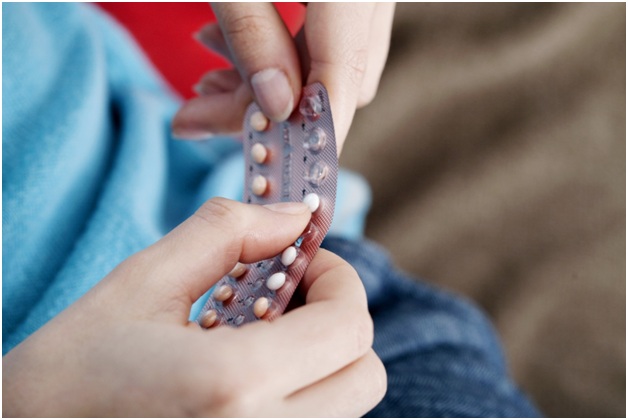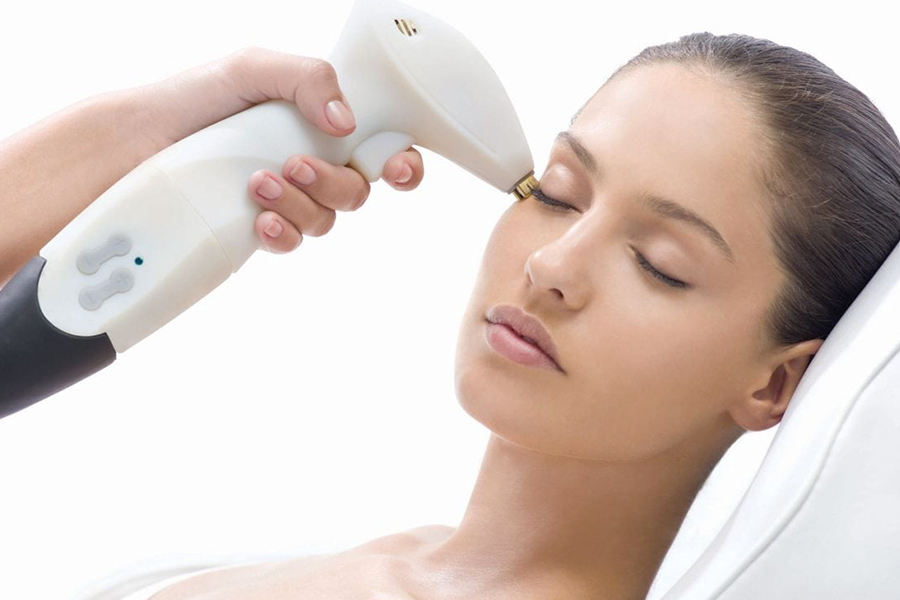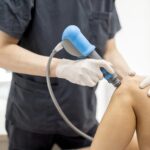
In many occasions when visiting the dentist, they find something in our teeth that needs further study and analysis, especially if these teeth are going to be involved in some orthodontic procedure. The dentist needs to create a replica of the whole dental structure to measure correctly and prepare the following procedures without having the patient in the exam room all day with his or her mouth wide open for hours.
For these moments of deeper study, the dentist has to create an accurate tridimensional replica, which is also called a cast. By studying the cast, the dentist can fully measure the space between each tooth, the alignment, shape, and relationship with the gums and dental arches to design and select the best treatment.
What to have in mind when creating a dental cast
First impressions matter
This is not only applied to personally meeting someone. The first impression of teeth a dentist gets from you is going to be the starting and comparing point for further treatment and development. For instance, when it comes to children, many dentists have their casts done so that they can prepare to use some UCLA abutments dental implants or they can also compare the movement of the teeth through time and the progress of the procedure if any.
Select the material that suits your purposes
There are some materials available for creating the molds and casts of patient teeth. Materials can be rigid or non-rigid. Each one will give you advantages and disadvantages.
Requirements for printing materials
The technical procedures that require the use of a model of the mouth and the teeth require great accuracy. Accuracy can be considered from two points of view:
Reproduction of details
Dimensional stability
The first one is related to the degree of registration of the material, and it is mainly a matter of viscosity. The need to reproduce precise details varies according to the procedure that is going to be performed. The impressions of teeth for dental implants or crowns require greater accuracy in this aspect than those of toothless jaws, for which a complete prosthesis will be made.
Materials have to be firm but flexible
A material with good dimensional stability is the one that maintains its shape and size during a longer period. In practical terms, it is one that can be preserved for 24-48 hours with minimal distortion. Very little or no dimensional change is expected until the print is emptied. The problems of dimensional stability may be associated with the setting reaction, changes in temperature and humidity and the loss or absorption of substances by parts of the impression.
Ideally, a material must be flexible enough to allow it to be removed without any permanent deformation. The impression material can be introduced into many retentive areas of a patient’s mouth. If it is viscous enough, it will flow in the interdental space. While removing the impression, these small thicknesses of material tend to tear. The material for printing needs to have the exact resistance to break only where needed and allow its removal from the mouth without leaving fragments in it.
How to make a dental impression:
The appropriate measures must be taken to make a correct base mixture.
The mixture should be removed, crushing the dough against the walls so that no lumps or air bubbles remain.
The impression tray must be chosen according to the patient’s measurements
The mixture obtained has to be poured into the impression tray.
It is necessary to wait for the mixture to set, so the temperature of the water must be taken into account (it takes longer for the mixture to set with cold water).
The tray is placed in the patient’s mouth, sitting in a comfortable posture for the impression, trying to avoid gag reflex and avoiding possible suffocation. Some patients are more sensitive to this reflex, and the dentist has to consider this as well.
Once the mixture has set, carefully remove the buckets and make sure it is completely dry, it is better not to hurry if it remains in a liquid state the remains will be spilled. The impression must be then disinfected.









